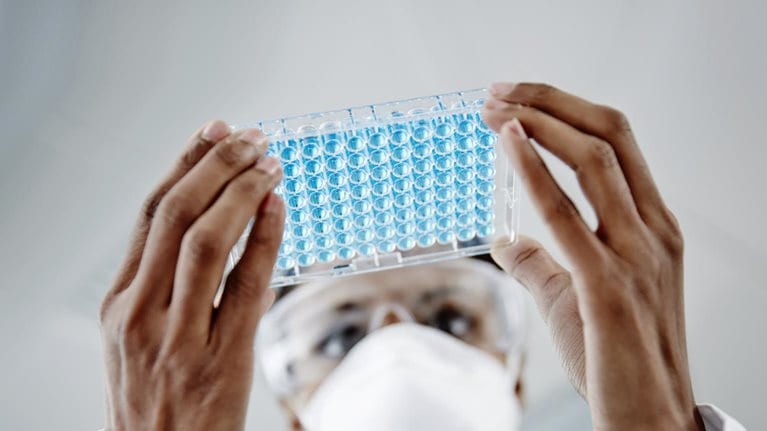The West’s biggest biopharma companies, such as GSK, Sanofi, and Pfizer, have cracked the code on going global. They started in their home markets, with all the advantages they had there, and then expanded globally.
Now multiple prominent China-originated companies are pursuing a similar ambition. There’s WuXi AppTec, an R&D and manufacturing service provider, which has extensive operations across Asia, Europe, and North America. There’s BeiGene, a commercial-stage biotech that originated in China and now has a major physical presence in the United States and Europe. Legend Biotech, which creates cell therapies, is another example of a China-originated company that is expanding in the United States and Europe. Jiangsu Hengrui Pharmaceuticals is yet another example; it has not only opened R&D facilities in those more developed medical markets but has also situated Luzsana, its newly launched company focusing on drug access, in the biopharma corridor of New Jersey.
The growing visibility of these companies in the West is indicative of a trend that could redefine China’s position in the global biopharma industry. China-originated biotechs are stepping into the global spotlight and betting that this may be their moment.
In a new article on the topic, McKinsey puts forward three possible scenarios for the progress of China’s biopharma industry by 2028. China-originated biopharmas become much more prominent in two of the scenarios, while the global influence of China’s biopharma industry stalls or moves in reverse in the third.
A few factors will determine which scenario materializes. One is the extent of China’s progress in research and clinical development. Another is China’s ability to integrate into global regulatory systems.
China became a member of the International Council for Harmonisation of Technical Requirements for Pharmaceuticals for Human Use (ICH) in 2017, and was close to implementing all of the initiative’s Tier 2 guidelines as of July 2022.1 That’s significant progress.
But the benefit of better alignment with international regulations will be limited if China doesn’t build up the ecosystem needed to get its innovations to the market. And even if China’s biopharma industry gets a lot of other things right, geopolitics could still limit its global progress.
China’s biopharma industry already has considerable strengths (Exhibit 1). One obvious strength is in manufacturing, with China-produced active pharmaceutical ingredients supplying most important global markets. The fast ramp-up in other modalities, such as antibodies, is another sign of manufacturing strength.

And then there’s China’s advantage in the area of affordable innovation. This refers to therapeutically comparable molecules that companies offer at a much lower price in order to reach patients who would otherwise be priced out. China-originated affordable innovation programs could help the country become one of the biggest suppliers of prescription medications to the developing world over the next decade.
Where China’s biopharma industry has the most ground to cover is in research, discovery, and breakthrough innovations. There are a number of signs that China is behind in these areas. One is the perception of its biomedical papers. In 2020, despite publishing the second-highest volume of biomedical papers in the world, China-based authors appeared much less often than US, English, or German authors in Cell, Nature, and Science—the most prestigious publications in the field. Papers from China-based researchers generally fall into the category of follow-on research, as opposed to core research.
Things are changing, however, and China’s reputation in basic research is improving. Many of the dozens of executives we interviewed for this article said they expect researchers at China-based biopharmas to stand out by 2028 for their innovations in oncology and in two selective modalities: monoclonal antibodies and small molecules.
The spider charts below provide a high-level look at China’s biopharma industry under McKinsey’s three scenarios (Exhibit 2).
Download the full article here.





